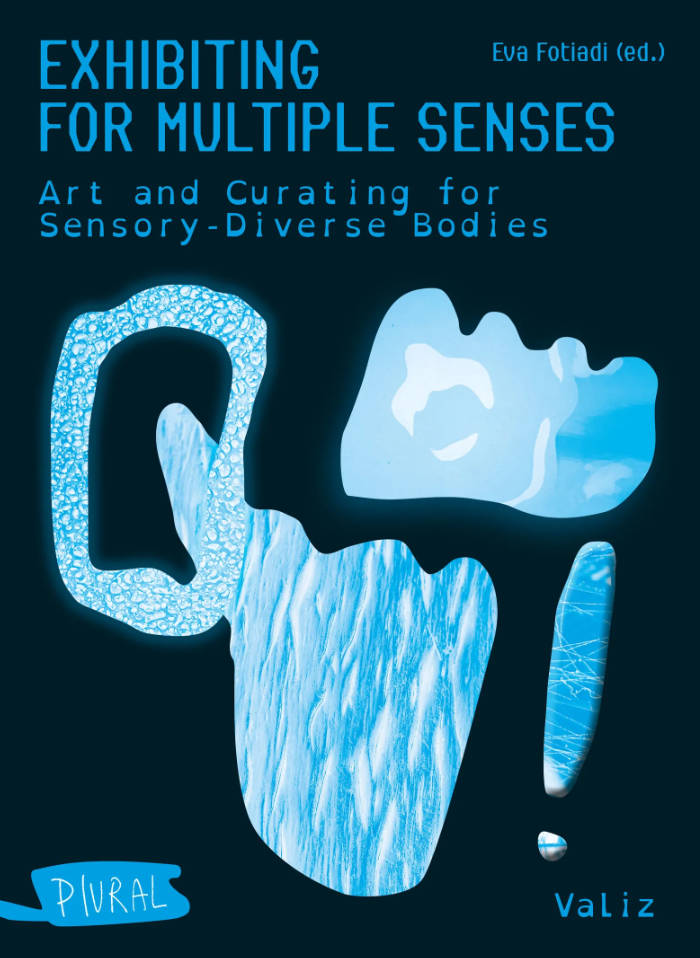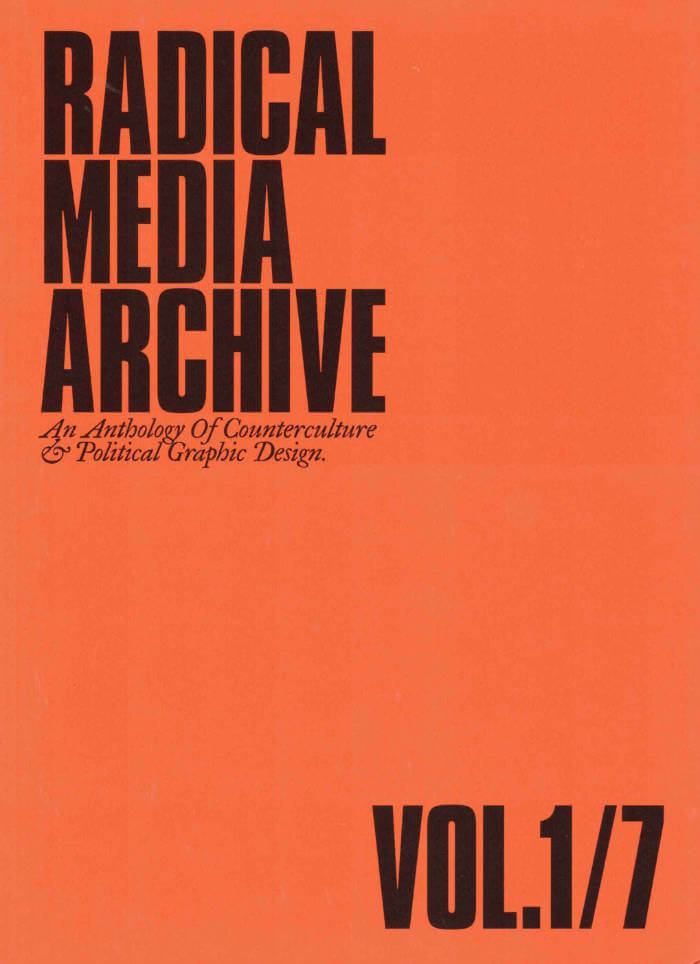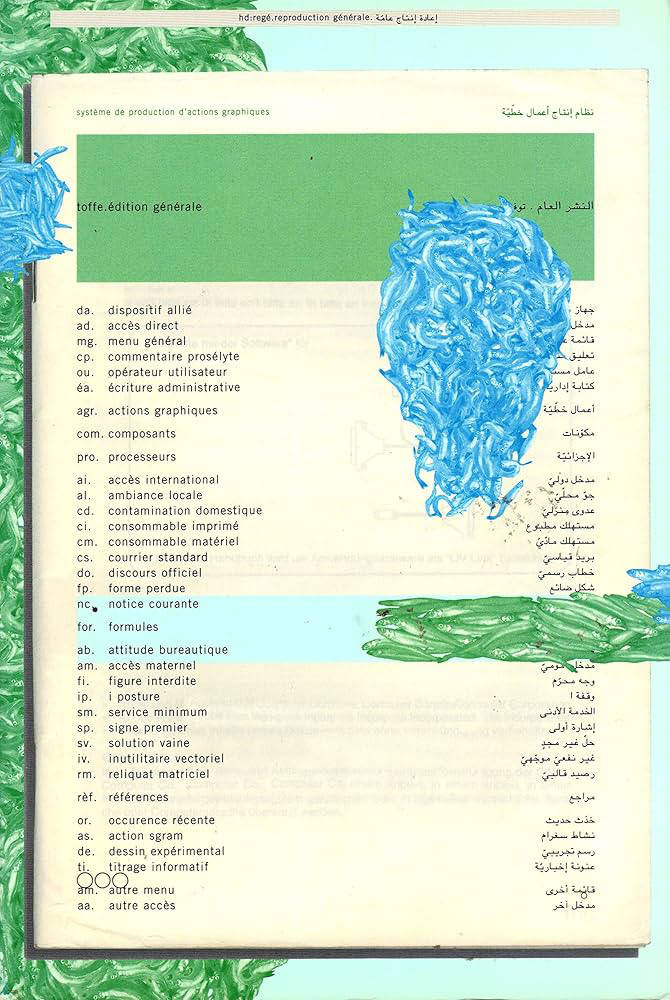
Design Dedication: Adaptive Mentalities in Design Education
Annelys de Vet ed.
Design Dedication makes a plea for adaptive mentalities within design pedagogy, with a non-normative approach to design practices. It explores an attitude in and towards design education that is socially engaged, politically aware, generous in approach, lyrical in tone, experimental in form and collaborative in practice. How can we talk about and bring out the political that’s inherent in the work that design students are doing? How to work on specific urgencies that are rooted in experience and narration? What are the underlying values of such a pedagogy? What kind of practices are developed in the context? How can an institute support and safeguard this?
Design Dedication explores these approaches through statements from within and reaches out to design students, designers, artists, and teachers who are open to questioning their own practices and reformulating values in design dedication for a yet unpredictable, but surely dedicated tomorrow.
Contributors: Hannes Bernard, Michèle Champagne, Rana Ghavami, Anja Groten, Agata Jaworska, Anastasia Kubrak, Sherida Kuffour, Gui Machiavelli, Daniel van der Velden, Annelys de Vet and many others.
Language: English






